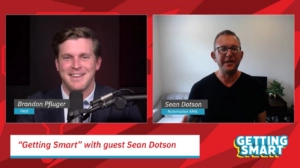Minimally Invasive Robots Are Making Their Presence Known Across Industries
Fear of spiders and other bugs is among the 10 most common phobias, according to mental health research. But sometimes these pesky critters can help us, right? Consider the honeybee, for example. Now there is a new bug on the scene. Rolls Royce has created a prototype of a tiny insect-inspired robot to help build and maintain the engines in its luxury automobiles.
The little bug-like machines (the company is pushing for even smaller models) can get into crevices too small for human hands, perform diagnostics, and even do repairs. In addition, the Rolls Royce of medicine, Vanderbilt University Hospital, is using bots of all sizes to minimize the challenges of their already minimally invasive surgical procedures, with the end goal of safer surgeries and easier recoveries.
These robotic devices can go where humans cannot, and as such are having a huge impact on the medical and automotive industries. The precision of such devices is key to their implementation across all industries and Rolls Royce and Vanderbilt are proving that this type of technology is close to being widespread. If prestigious organizations such as these are investing in robot research, we can assume that their use will spread beyond just transportation and medicine.
While some would say we are on the precipice of the robot revolution, a perusal of the latest reports in technology reveals that we are in the dead center of such a revolution. Technologies from engineering to genetics to kinesiology are playing a role in these innovations. Audiologists are even stepping in, with cutting edge tech to improve the listening skills of these automatons.
With such a diversity of technologies involved, and with robotics impacting industries from medicine and education to entertainment and manufacturing, it’s clear that robots, even the creepy-crawly kind, are here to stay.








